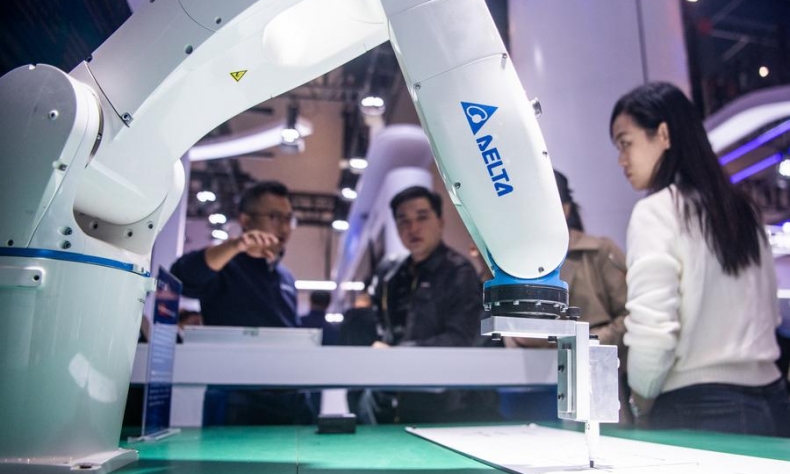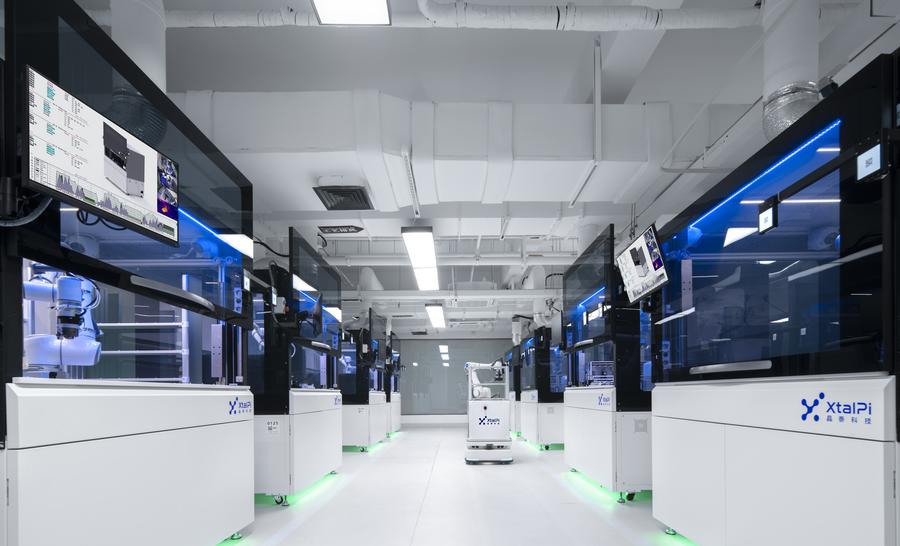Building a Practical Patent Powerhouse

China has been taking more measures to better apply technological advances in real scenarios.
China holds the largest number of valid invention patents globally. According to the China National Intellectual Property Administration (CNIPA), as of June this year, the country had accumulated an inventory of 4.43 million valid domestic invention patents, underscoring the impact of China’s focus on science and technology innovation.
Most of these patents are attributed to enterprises, universities and research institutions. However, while enterprises typically drive their patents toward commercial application, universities and research institutions often face challenges in transforming their inventions into marketable products. This discrepancy arises because enterprises are primarily motivated by profit, which naturally aligns with the commercial application of their patents.
In the first half of this year, Chinese universities and research institutions reported 23,000 patent transfer and licensing transactions, marking a 22.2-percent increase year on year, according to CNIPA data. Despite this growth, these transactions represent less than 3 percent of the total valid invention patents held by universities and research institutions. As of late 2023, these institutions had collectively amassed 1.02 million valid invention patents. If invention patents cannot be transferred into commercial products, they will not produce economic or social benefits. In short, these invention patents will be of no economic or social value.
China has been taking more measures to better apply technological advances in real scenarios. The Third Plenary Session of the 20th Central Committee of the Communist Party of China in July outlined the reform of mechanisms for applying scientific and technological advances. The plenum decided to accelerate the planning and construction of technology transfer platforms where invention patent holders can post patent information for investors to convert patents into products. Scientists and engineers will have a greater say in the distribution of profits from the transfer of their scientific and technological advances. The reform of income distribution for patent transfer in universities and research institutions will be pushed forward. Policies supporting the investment of long-term capital in advanced technology will be refined.

These enhanced policies focus on the transfer of technological advances made by universities and research institutions. They aim to promote the application of such advances with detailed measures. There are several underlying reasons for the low efficiency of technology transfer in Chinese universities and research institutions.
First, the research evaluation system remains incomplete. The application of technological advances is not included in the evaluation standards, so research personnel often ignore the application effects of their research achievements in business activities.
Second, the patent transaction market and pricing mechanism are not sound. The platforms or the intermediary markets for technology transfer are underdeveloped. There is no national technology transfer market, the information networks lag, and technology suppliers and demanders are not properly connected. All these factors have hindered the application of technological advances in the country.
Third, market demand is insufficient. The current economic restructuring and upgrading efforts face challenges, leading to insufficient corporate demand for technology transfer. As a result, scientific and technological achievements are not being fully embraced by the market.
Addressing barriers in the application of technological advances from universities and research institutions requires persistent efforts. These include policy improvements, the development of market mechanisms and reforms in the evaluation system. These steps are essential in promoting the effective transfer and application of technological innovations.
Hopes are high that the measures introduced at the recent third plenary session will make a difference. Prioritizing science and technology as primary drivers of high-quality economic and social development is essential for China’s future growth.
 Facebook
Facebook
 Twitter
Twitter
 Linkedin
Linkedin
 Google +
Google +










